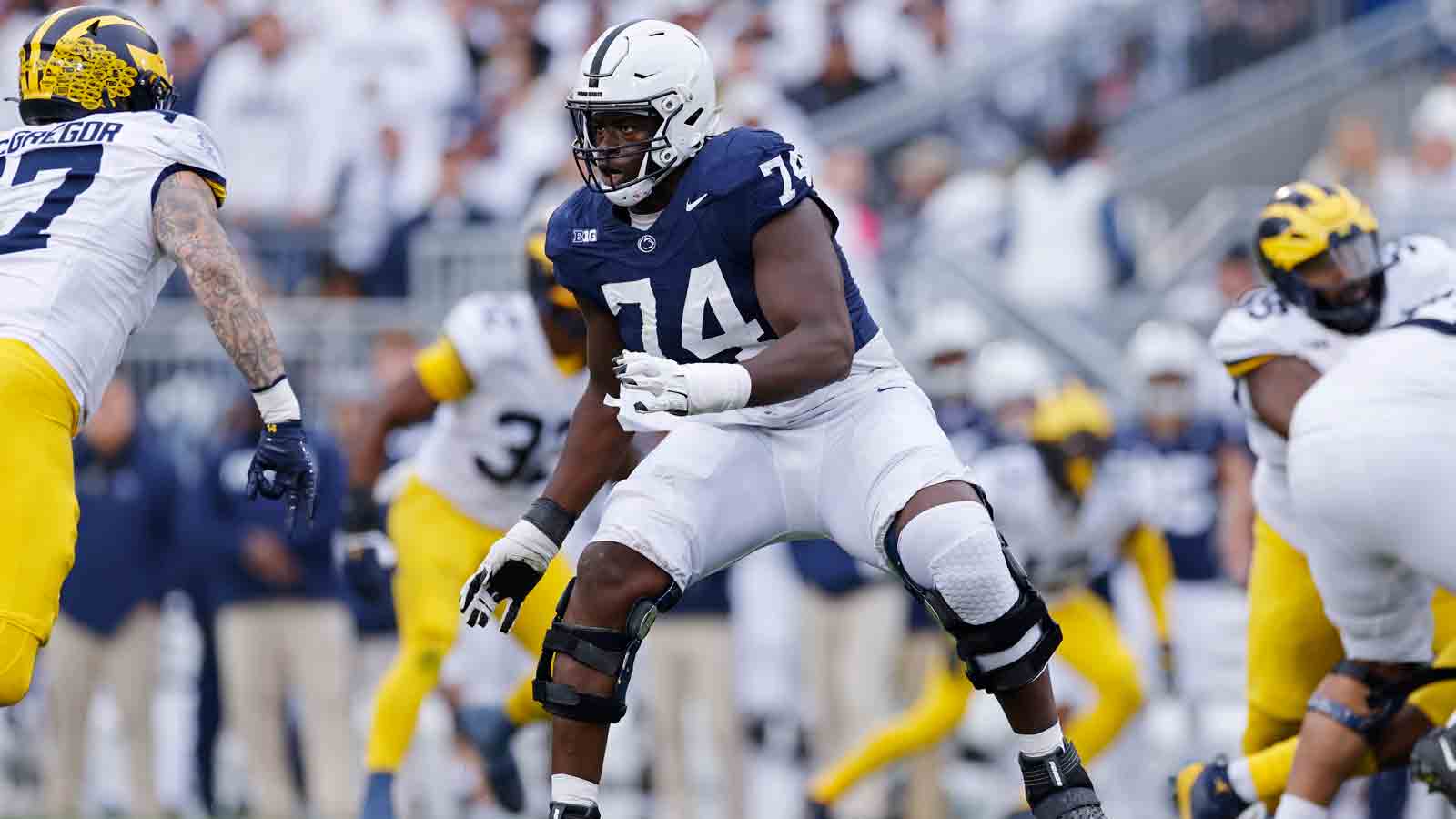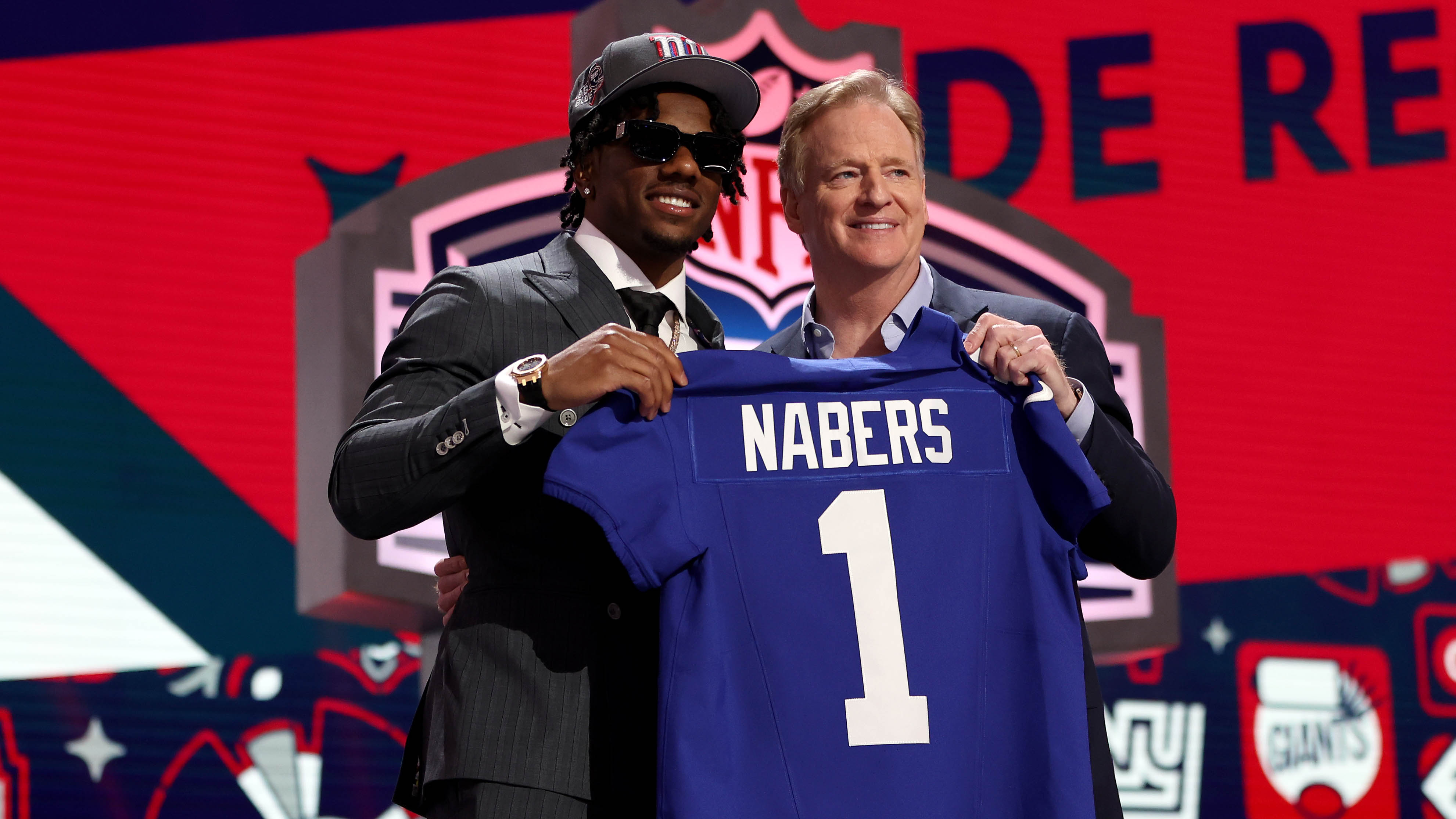A seemingly insignificant, half-empty parking lot on the north shore of Staten Island has gotten the attention of historians, local leaders and even a documentary filmmaker --- not for what's above ground, but for what lies underneath it.
The rundown lot on the corner Forest and Livermore Avenue in what is often called a forgotten borough is a forgotten corner that was once the African Methodist Episcopal Church cemetery, says documentarian Heather Quinlan. Beneath the concrete surface, buried under decades of change and neglect, the cemetery was known as the old burying ground for enslaved Africans.
"This was specifically for African American people. Some were slaves, some were the descendent of the enslaved, some were family, some were African American residents who never knew slavery," historian Patricia Salmon said.
The small piece of land that is now home to a 7-Eleven, Metro PCS, Sherwin-Williams Paints store and a Santander Bank is a final resting place for as many as 1,000 African Americans, many of whom helped build the very neighborhood that built the parking lot over them.
Get Tri-state area news and weather forecasts to your inbox. Sign up for NBC New York newsletters.
Residents who frequent the shops in the lot say they had no idea that they're standing on a part of history that had been lost.
President of local NAACP chapter Edward Josey and Robert Perkins, the first Black man to become district leader of the north shore, now what to get the cemetery back on the map.
Local
"It's about knowledge that that place is there, knowledge that that place exists and knowledge that those people that's there have value," Perkins said.
Historians say the burial ground was the only place on the north shore for Africans Americans from the 1850s to the early 20th century. The hallowed ground was eventually taken by the city in the 1950s because of $11,000 owed in back taxes.
In 1953, the city put the property up for sale and asphalt soon covered the cemetery, then a service station, then a shopping center, erasing all signs of fathers, mothers and children buried underneath.
"There is no dignity in that, and it's really about dignity," Perkins added.
Benjamin Perine, known as the last man born into slavery on Staten Island, is among hundreds of people buried there, just a mile and a half from where his great-great-great-grandchildren currently live. They also didn't know about the parking lot's history until they got a call from Quinlan.
Siblings Ruth Ann Hills and David Thomas are Perine's direct descendants. They live on Van Pelt Avenue, the same street Perine also lived most of his life when he was enslaved by the Van Pelt family.
"It breaks my heart. It's personal to me. Yes, it is and I think it should be recognized that there are people that are there, my family members," Hills said.
Across Staten Island and the rest of New York City, there are several streets named after slave owners but the people who helped built those streets are often forgotten. That's why Perkins and Josey are pushing for the city to create a plaque or a memorial to honor them.
"The truth of the matter it needs to be spoken about and something need to be done about it," Perkins said. But for now, the cemetery is being kept alive by those who refuse to let it die. "We're walking around eyes wide shut and it's right there. It just makes me think. It makes me shudder to think but also excited to wonder what else is buried out here."



